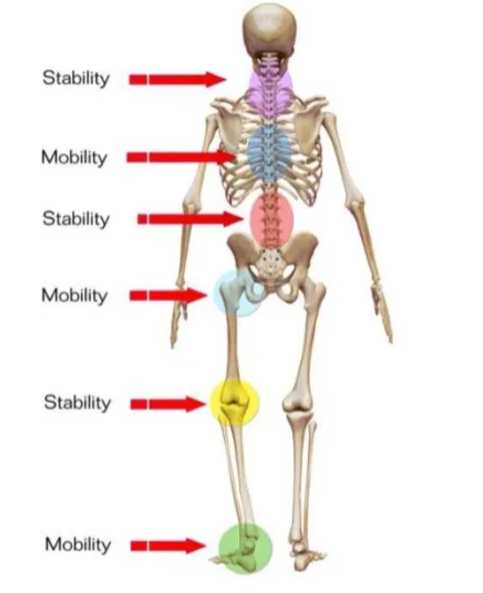The Most Common Mistakes People Make When Treating Lower Back Pain
Lower back pain is one of the most common limiting factors in adults as they get older. And like most things as common and complicated as lower back pain, there's a lot of bad advise out there. Avoiding the following mistakes when treating lower back pain will help you recover faster so you can get back to doing what you love.
Masking Pain With Pills And Injections
Ignoring you car's 'check engine' light will always lead to a bigger problem down the road. So why do that with your body? Pain is your body's signal that something is wrong. Masking this signal with pills and injections provides short term relief, but fails to correct the cause of your lower back pain. So while you may feel better, your condition is actually getting worse. The longer you mask pain with pills and injections while ignoring the cause of your lower back pain the bigger problem you'll have later on.
Resting
Your natural instinct when dealing with pain is to rest. And while it's true you want to avoid aggravating your injury, recent evidence suggests that prolonged rest not only slows healing, but increases the chances of future complications. Gentle, pain free movement is the BEST thing you can do for back pain relief.
Use this 5 minute movement routine to find lower back pain relief
Stretching
Stretching is a common therapy used for treating lower back pain. And like most lower back pain treatments, it feels good without solving the underlying issue. Most lower back pain is cause by a lack of stability in the muscles surrounding your spine. This leads to repetitive impact on your joints and discs leading to pain. Stretching is a great way to improve mobility. But too much mobility in your lower back can actually make things worse. Instead of stretching, focus on improving lower back stability.
Treating lower back pain requires improving spinal stability.
Relying On Someone To Fix It
There's no shortage of doctors and experts who promise to fix your lower back pain. In fact, there are many treatments that can provide pain relief and speed healing, but there are no treatments that help you limit impact on your spine. Remember, lower back pain is caused by repetitive impact on your spine over a prolonged period of time. To successfully treat lower back pain it's required to learn how to limit impact on your spine. Instead of relying on endless treatments to manage your pain, you try to find someonewho can show you what to do to limit impact on your spine.
Finding a provider who not only helps joint and tissues heals, but shows you how to limit impact on your spine is the key to long term success
Surgery
The truth is that 95% of the patients with back pain DO NOT need surgery, even though many are told it was their only cure. Like most back pain 'fixes', surgeries often work in the short term, but studies have shown that after a few years a surgical patient’s status is comparable to those who chose the non-surgical option.Another thing to consider when you’re looking into surgery are all the unintended side effects. You’re not just “fixing” lower back pain; you’re cutting though muscles and nerves. You’re removing areas of bone or cartilage that does not grow back. And you’re starting a scarring process that can entrap nerves and lead to chronic pain. Surgery is an expensive and potentially debilitating treatment option whose long-term effectiveness has yet to be proven.
For the last 10 years I’ve been helping adults build the strength and confidence to live active, healthy, and happy lives. My free program ‘Solving Pain With Strength’ gives you a step-by-step, approachable way to build strength without stressing your joints. Download it below and get started feeling better today.




